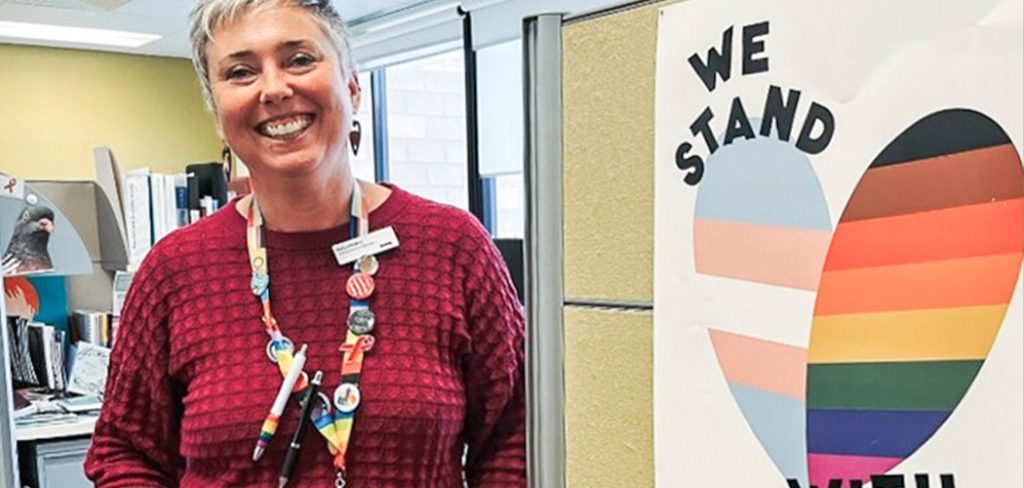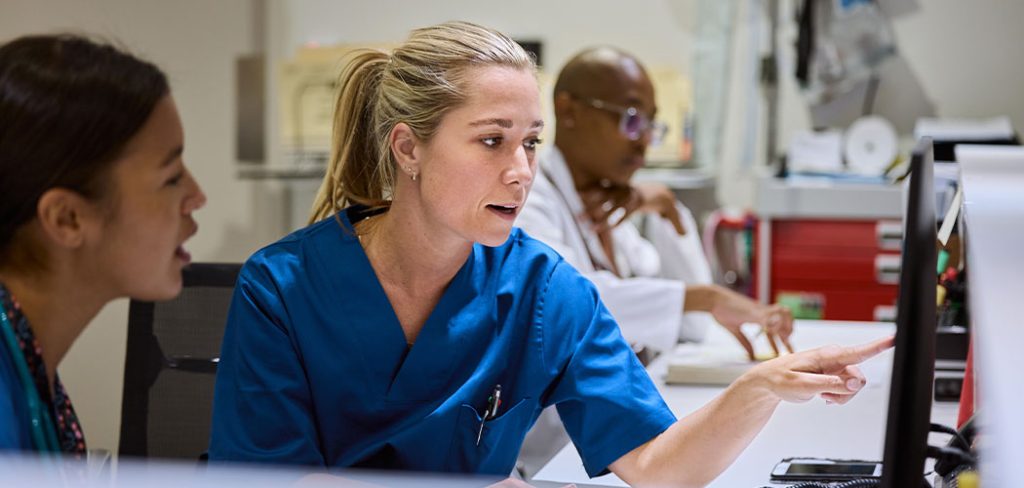Culturally safe maternity care for Indigenous women: Bridging gaps for health equity

An international, pan-Indigenous, and cross-cultural research team has examined Indigenous women’s dissatisfaction with birthing experiences across both the Northern and Southern Hemispheres. A recently published scoping review includes data from 1,437 women, 36 Elders, 14 fathers and family members, and 91 healthcare professionals, highlighting widespread dissatisfaction with birthing in mainstream maternity hospitals in Australia, Aotearoa […]
Gender affirmation, surrogate leave, among new progressive conditions won during enterprise bargaining

What began in 1970 as the Family Planning Alliance of South Australia continues to lead the way advancing workplace conditions, thanks to an ANMF (SA Branch)-negotiated Enterprise Agreement that has introduced several progressive new provisions. Nurses and midwives at the organisation, now known as the Sexual Health Information Networking and Education South Australia (SHINE SA), […]
Between the frontline and the executive: A personal call to recognise and support healthcare’s middle managers

Middle managers—such as Nurse Unit Managers (NUMs), Midwifery Unit Managers (MUMs), and departmental leaders—play a critical role in translating strategic priorities into frontline care. They are the vital link between executive leadership and clinical teams. Yet, despite their pivotal position, they often operate without adequate recognition, consistent support, or inclusion in broader organisational acknowledgements. The […]
Privacy in nursing and midwifery workplaces

If you are in a public place whilst reading this, particularly if you are in a metropolitan city, chances are you will be sitting in a place where your every move – and word – is being captured by CCTV. Disclaimers may be plastered all over the walls stating that you are giving up any […]
Why AI can never replace the human touch in nursing

Artificial Intelligence (AI) may be highly advanced and tireless, but it will never fully replace certain jobs that require qualities beyond software capabilities, such as empathy, a human touch, or the ability to make complex decisions. At a time when jobs are being outsourced to robots, nurses cannot be replaced. This article delves into the […]
The FUCHSIA study goes NATIONAL

The ANMF is pleased to be funding a study called The FUCHSIA study: Future proofing the midwifery workforce in Australia. Not dissimilar to the Victorian FUCHSIA study (report released in 2022), this study aims to gather accurate, up-to-date evidence to map and gain insights into the health and wellbeing of the midwifery workforce, and its […]
Nurses’ cognitive mental workload: Staff welfare, patient safety and quality care at peril

Globally, there are risks of unintentional harm to patients due to inadvertent clinical errors, nurses’ burnout contributing to high turnover, and rises in healthcare costs, all threatening already overstretched systems. One crucial but largely overlooked factor contributing to these risks is nurses’ cognitive mental workload inherent in performing their clinical work. Research suggests nurses experience […]
Non-compete clauses and other restraints of trade

Even to those who follow the political cycle, one of the more unexpected announcements in the Federal Budget was the news that the Albanese Labor Government plans to ban non-compete clauses in employment contracts. Between tax cuts and student debt being slashed, you could have missed this tiny detail. What are restraints of trade? In […]
Supporting deprescribing with the AMH Aged Care Companion

Optimising medicine use in older people is a complex balance between disease management and avoiding medicine-related problems As a person ages (particularly after the age of 70) they are more likely to have multiple chronic conditions, leading to the use of multiple medicines—commonly referred to as polypharmacy. While medicines can improve a person’s ability to […]
Revisiting nephrology nurse training

Chronic kidney disease (CKD) in Australia affects one in 10 people over the age of 18.1,2 There has been a 30% growth in people receiving Kidney Replacement Therapy (KRT) in the last decade3 for which specialist nursing care is required. Demand for nephrology nurses is increasing aligning with the increased case load and globally there […]

